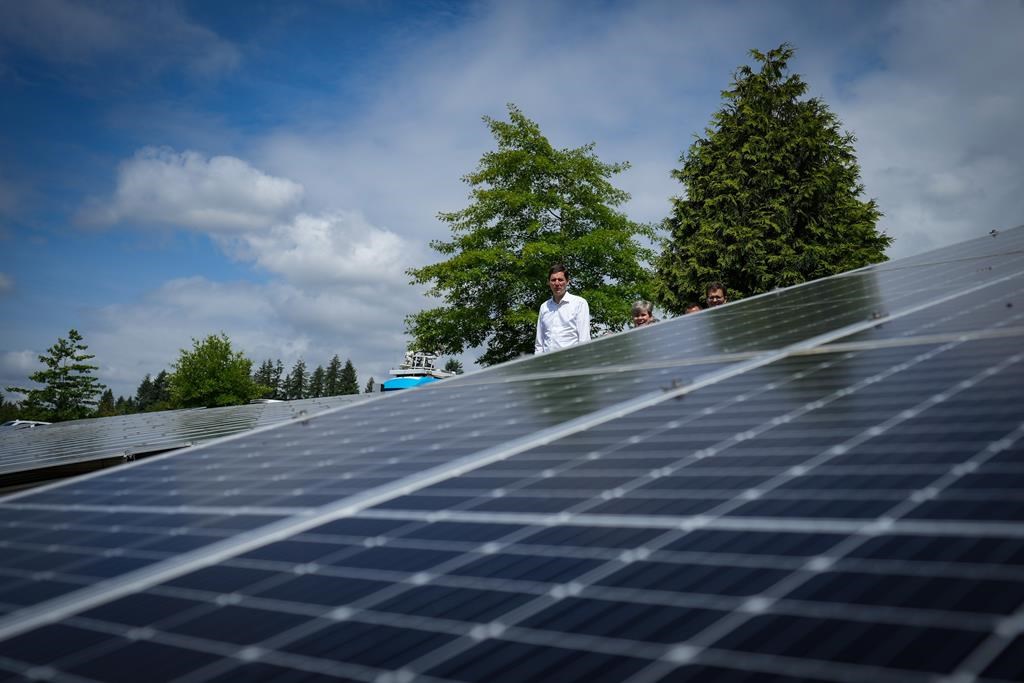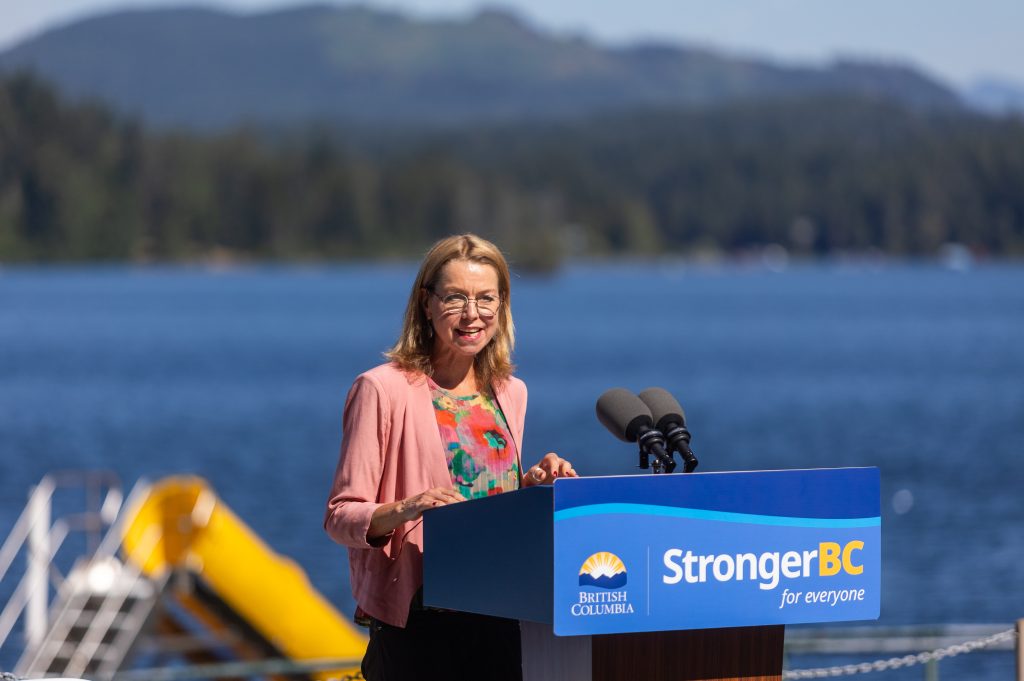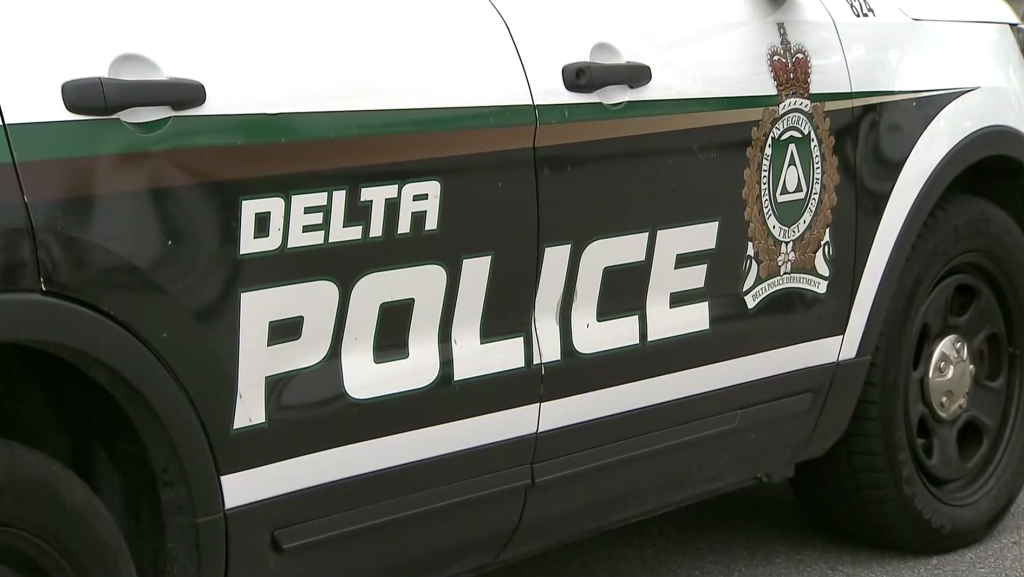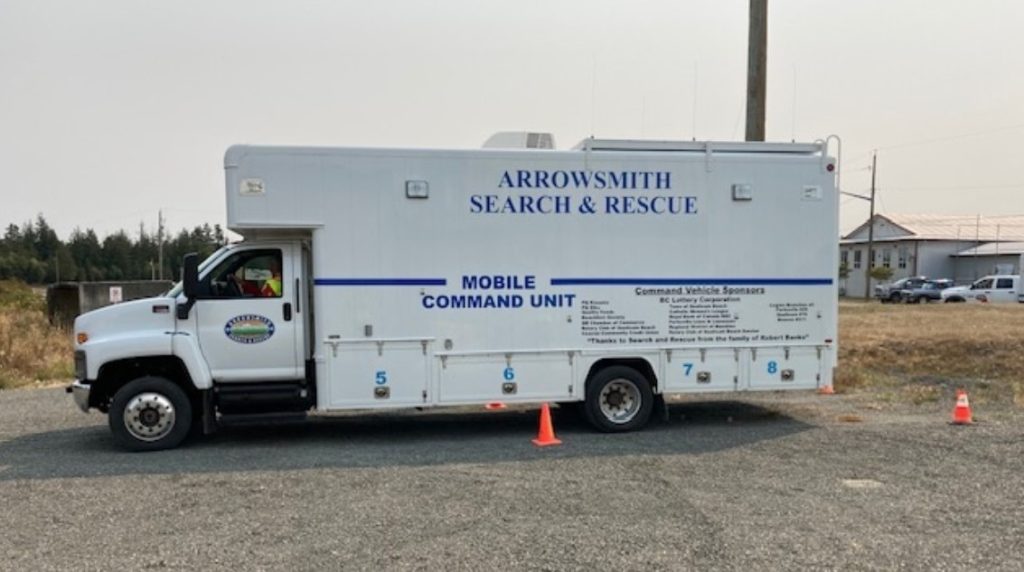How achievable is B.C.’s net-zero emissions goal?

Posted April 23, 2024 6:15 am.
B.C. is breaking up with fossil fuels and BC Hydro is sounding the alarm.
Without enough electricity to power this transition today, one expert says she’s staying cautiously optimistic about the province’s decarbonized future.
At the start of April, BC Hydro put out a call for help to add five per cent to its current power supply. Setting a September deadline, it’s asking for ready-to-go projects to apply for electricity purchase agreements it will award in December. Its goal is to acquire an additional 3,000 gigawatt hours per year of electricity.
It was the first of several asks to be made by the provincial power authority in the years to come, and a stark reminder of the 15 per cent increase in demand for electricity that B.C. is expecting by 2030.
By 2030, the provincial government is aiming to lower its greenhouse gas emissions by 40 per cent. In 2050, the province wants to be down to net-zero emissions.
Alexandra Tavasoli, an assistant professor of mechanical engineering at the University of British Columbia, says that compared to the rest of Canada, B.C. is generally putting in more effort to transition to sustainable technologies.
“Whether it’s by replacing a portion of the natural gas supply with renewable natural gas, building out low-carbon electricity sources like Site C Dam, or having a higher proliferation of alternative clean fuel vehicles like hydrogen fuel cell cars and fueling stations,” she said.
“B.C. is certainly ahead of a lot of Canada on that front.”
Electricity demand increasing amid extreme temperatures
In January, BC Hydro reported the province’s electricity demand set a new record of 11,300 megawatts, beating the previous record of 10,977 from 2022 and setting a precedent for what’s to come.
Across the border, Alberta sent out a cry for help this past winter when high demand, low imports, and extreme cold forced it to ask residents to unplug their electric cars and turn off lights, amid rolling power outages.
B.C. even had to import electricity over the winter, as climate change continues to increase the frequency and intensity of extreme weather events.
According to a report by the Canadian Press, low reservoir levels forced the province to import more power from Alberta and the western United States and take increased conservation measures.
While there are some solutions in place to create more electricity in B.C., including the Site C Dam project and BC Hydro’s call to action, the outcome of these promising proposals remains to be seen.
–With files from Robyn Crawford








